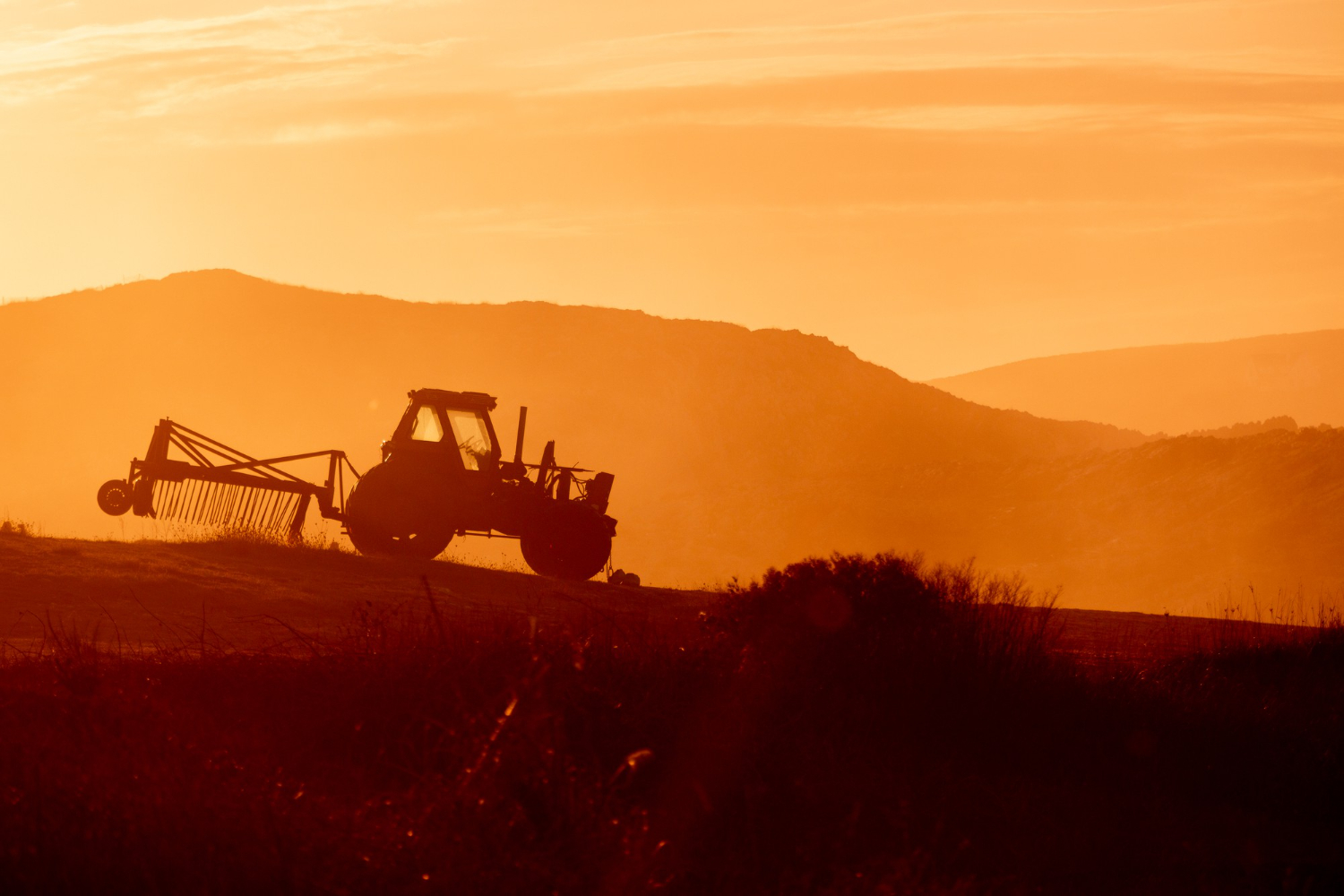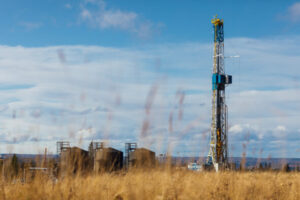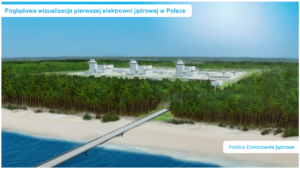The season of fertilizer purchases begins in the era of the energy crisis fueled by Gazprom. Poland has ensured security of supply, but the price will depend on the situation on the gas market, which is unpredictable – writes Wojciech Jakóbik, editor-in-chief at BiznesAlert.pl.
The price of gas is the main component of the cost of production of fertilizers, because this raw material is an indispensible part of the manufacturing process. Other important factors that contribute to the final price include the cost of energy, coal, potassium salt and phosphates, which also have become more expensive during the energy crisis and due to Russia’s invasion of Ukraine. The Russians from Gazprom have limited the supply of gas since the summer of 2021, raising prices on the European exchange TTF to almost 350 euros per megawatt-hour, when in 2021 it fluctuated around 20 euros.
The end of the heating season after a warm winter and successful diversification of gas supplies to Europe brought a drop in gas prices on the exchange. At the beginning of March, the TTF quoted prices for contracts for April in the region of 40-50 euros per megawatt hour. This is still not the 20 euros before the energy crisis, but it is enough to gradually impact fertilizer prices. These depend not only on the price on the TTF, but also on the cost of delivery under futures contracts negotiated with different suppliers with different effect.
Polish fertilizer giant Grupa Azoty is buying gas on the stock exchange and under a long-term contract with PGNiG. The drop in gas prices in Europe has already allowed it to change the price list twice: the first time in October 2022 when it lowered the price by about PLN 1,000 from about PLN 4,000 to 3,000 per ton, and then in February 2023 when the price went down to PLN 2,500 a ton. The last reduction amounted to a 20-30 percent drop for individual types of fertilizers.
These prices are lower than in France or Germany, but still higher than those offered by producers from outside the European Union, who do not have to meet environmental standards and often use Russian gas. Azoty is also introducing the NEC directive to limit ammonia emissions to the atmosphere by mixing urea with an inhibitor. This process increases production costs. Suppliers from outside the Union do not have to meet such standards and thus have a competitive advantage to the detriment of the environment.
Meanwhile, it is EU producers, out of whom the majority are still limiting production due to the energy crisis, that ensure secure access to fertilizers. Restrictions remain in place in France, Spain, the United Kingdom, Italy and the Benelux countries. Ukraine, Romania, Bulgaria and Croatia stopped production altogether. Azoty resumed production of fertilizers in October 2022 after a break in August caused by the peak of gas prices. The Polish company estimates that it will provide enough fertilizer in Poland, and about half a million ton of this commodity are available on the market.
It is difficult to assess the further impact of the energy crisis on the fertilizer market in Poland, because it is not clear how long gas prices will remain stable. Storage facilities in Europe are almost 60 percent full after a warm winter, twice the typical level for this time of year. Gazprom’s share of the European market could fall from more than 40 percent in 2021 to zero in 2023 if Russia halts supplies through Ukraine. The uncertain situation surrounding Russia’s invasion of Ukraine, however, warrants caution in the forecasts. The price of fertilizers will depend on how the war will unfold.









